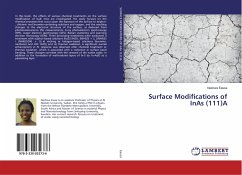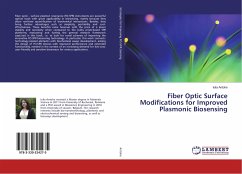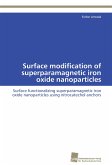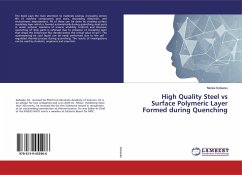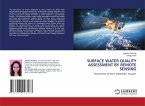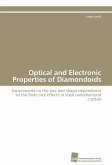In this book, the effects of various chemical treatments on the surface modification of bulk InAs are investigated. The study focuses on the chemical processes that occur upon the exposure of the surface to sulphur-, chlorine- and bromine-containing solutions and oxygen, and the resulting changes to the electronic structure of the surface, as deduced from photoluminescence (PL) measurements, X-ray photoelectron spectroscopy (XPS), Auger electron spectroscopy (AES), Raman scattering and scanning electron microscopy (SEM). Three processing treatments were evaluated: i) treatment with sulphur-based solutions (Na2S:9H2O, (NH4)2S + S, [(NH4)2S / (NH4)2SO4] + S); ii) etching in halogen-based solutions (bromine-methanol and HCl: H2O); and iii) thermal oxidation. A significant overall enhancement in PL response was observed after chemical treatment or thermal oxidation, which is associated with a reduction in surface band bending. These changes correlate with the removal of the native oxide, in addition to the formation of well-ordered layers of In-S (or In-As)O as a passivating layer.
Bitte wählen Sie Ihr Anliegen aus.
Rechnungen
Retourenschein anfordern
Bestellstatus
Storno

